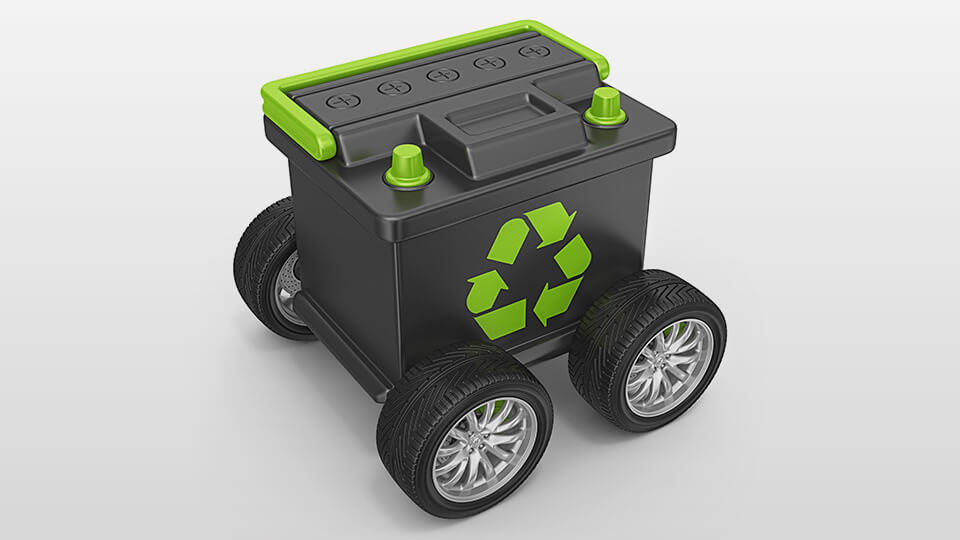The transition to renewables through wind and solar builds is not progressing as rapidly as the government would like. Big batteries are emerging as the primary source of power to help avoid blackouts, balance supply and demand, and smooth out volatile prices. According to consultancy, Rystad Energy, 2024 is set to be the start of a new era in the construction of big utility scale batteries. This construction phase is expected to outstrip the combined capacity of new wind and solar farms.
Indeed, big battery’s role was to soak up surpluses of wind and solar energy, allowing discharge during periods of shortage. Rystad believe that more longer duration batteries discharging at full capacity will be better for the grid as we see the replacement and retirement of existing coal plants.
In 2026-27 Rystad expects the aggregate capacity of utility-scale storage operating in the grid, under construction or at the pre-construction stage to exceed 10 gigawatts. This represents 20% more than the aggregate storage capacity projected by the Australian Energy Market Operator (AEMO) in its draft 2024 Integrated System Plan released in December 2023. It’s also more than twice the amount projected in AEMO’s 2022 Integrated System Plan.
Replacing Coal Power
According to David Dixon, senior analyst, he believes we are getting close to enough dispatchable capacity to start replacing some of the coal power stations during peak periods. In Victoria the reformed SEC has signed off on the first stage of a $1.1 billion Melbourne Renewable Energy Hub . A 600 megawatt battery array with 1600 megawatt hours of energy capacity. A second 600 MW stage will have enough storage to power households for twelve hours through the night.
Importantly, rooftop solar capacity continues to expand, and big batteries will have a major role to play in peak periods. The difficulty is where much longer duration storage is needed during the winter where supply may be compromised. Lulls in sun and wind can last for days during winter and arguably can be low for weeks at a time.
Daniel Nugent, head of portfolio development at Energy Australia, believes these new big four-hour batteries will help the peaks and troughs, but our current technologies are limited. He believes gas is required in short bursts and has an important role in our energy transition.
What are the costs?
Lithium-ion batteries are costly for longer duration use, which ultimately will require different battery chemistries and storage technologies. Pumped Hydro is very costly and the Snowy 2.0 project is well behind schedule.
Nevertheless, whilst lithium prices have fallen significantly the sheer volume required for electric vehicles and grids will grow. Clearly the incentives for clean energy in Europe and the US mean these batteries will grow in demand.
Finally, whatever your perspectives on the future of the energy grid there is little doubt that ‘Big Batteries’ are here to stay, playing an important role in managing our transition to clean energy.
Ecobatt plans ahead
Ecobatt is spearheading sustainable energy solutions by embracing lithium-ion batteries in its innovative lithium recycling plant set to rise at Campbellfield. Taking a progressive stance, Ecobatt plans to leverage cutting-edge solar panel technology on its site buildings to power the plant. The on-site power grid, dedicated to recycling batteries, e-waste, and mercury, will be fuelled by recharged and repurposed lithium batteries.
The onsite energy device that boasts a substantial 1.2-megawatt storage capacity, derived from repurposed lithium batteries, will be a pivotal component of Ecobatt’s Campbellfield battery recycling precinct. The integration of solar panel technology will seamlessly feed into the massive battery storage, amplifying the efficiency of the on-site power grid. Making a significant step towards having a carbon-neutral footprint, and reinforcing Ecobatt’s commitment to sustainable practices in battery recycling.





